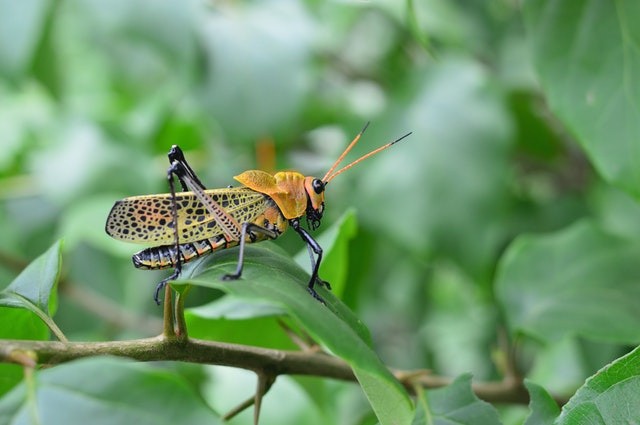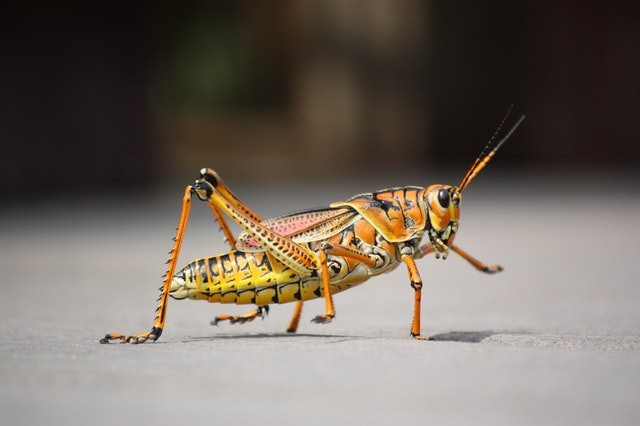The most intensely lit U.S. city uncovers the effect of artificial light on insects on a very large scale. Las Vegas' dazzling lights are intended to attract any tourists. And on one night in the summer period, the city attracted millions of grasshoppers - 30.2 metric tons' of grasshoppers!

Artificial Light's Effect on Insects
Elske Tielens, an ecologist at the University of Oklahoma in Norman said that insect cloud gives us the initial numbers for the amount of artificial light's effect on insects at such a macroscale.That unforgettable night of July 27, 2019, marked the peak of weeks of grasshoppers taking to the air after dark and, just like moths enchanted by a porchlight, filling the blazingly lit routes of the most intensely brightened city in the United States.
The spectacle made global news. Tielens and her colleagues wondered how large it was. They got to work, making use of Nevada weather-forecast radar data from the National Oceanic and Atmospheric Administration files to research the swarm of hard-to-count insects.
These were not the well-known species of locust that change from a solitary phase to a physically different gregarious one that moves in great clouds feeding on plants down to the crux (SN: 11/26/18; SN: 8/12/20). Rather, they were pallid-winged grasshoppers (Trimerotropis pallidipennis) that had thrived in uncommon numbers after a generous, humid start of the year.
Also Read: Grasshoppers Change Courtship Tunes to Cope With Urban Noises
Insect Census
When the grasshoppers are carried up from the ground after nightfall, the radar bounced off the unattached mass of flying insects as it would any ice crystals and rain droplets. Tielens says: "To envisage the weather, "we sieve out the biology". For insect censusing, "we sieve out all the 'boring' clouds and water drops."
She and her colleagues note March 31 in Biology Letters that every grasshopper measures only about two-thirds of a gram. So immediately the radar allows the team determine the numbers, it evaluated the total weight. "It's a little surprising to try to understand more than 45 million grasshoppers," she says.

Distinct Species of Grasshoppers
Grasshopper is a leaping insect that looks like cricket in appearance. A grasshopper does not really Jump instead they make use of their legs as a catapult. Grasshoppers can leap and fly. A Grasshopper about 2.5 centimeters (1 inch) long can leap 50.8 centimeters (20 inches).
Grasshoppers are cold-blooded animals and require to warm up before starting their daily activities. There are hundreds of species of grasshoppers that are unclassified, scattered throughout the mild and warmer regions of the world.
There are about 18,000 distinct species of grasshoppers. Short-horned grasshoppers are the ones causing huge damage to crops when they journey in huge swarms searching for food, devouring almost every green plant in their way. Long-horned grasshoppers do very little damage compared to short-horned grasshoppers.
Related Article: Bizaare Hybrid: Researchers Discover Unique Insect With Legs of a Grasshopper and Face of Wasp
For more news, updates about grsshoppers and similar topics don't forget to follow Nature World News!
© 2025 NatureWorldNews.com All rights reserved. Do not reproduce without permission.





